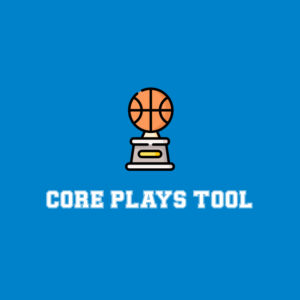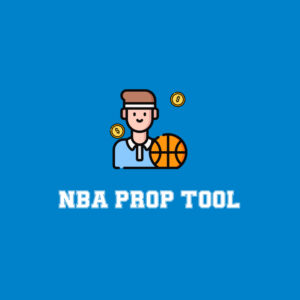
The hot-button topic of the offseason has been whether or not to ban the Tush Push. The Philadelphia Eagles turned short-yardage situations into near auto-successes on their way to winning the Super Bowl last season, and their rivals are not particularly happy about it. A proposal to ban the move was tabled at last week’s owners meetings, and apparently had the room split 50/50. Opponents cite safety issues, rule consistency and the play “not looking like football,” and very much do not cite that the Eagles are whipping everyone else in the league at it. That faint smell of sour grapes you’re getting is just the wine the owners had after the meeting, I’m sure.
Whether the Brotherly Shove is a clever strategic move or a dangerous mess is a debatable topic. What isn’t debatable is that the Eagles have gone out of their way to specialize for it, and other short-yardage running shenanigans, through years of high draft picks and selective scouting. It’s going to be hard to stop any sort of scrum play when 1,664 pounds of offensive lineman are surging forward at you. And that brings us neatly on to this year’s look at snap-weighted size.
Snap-weighted size allows us to measure which teams are sending the most mass out there on a play-by-play basis. You can get some of that from checking formation data and personnel groupings, but that won’t tell you the difference between the 6-foot-5 Mike Evans and the 5-foot-7 Greg Dortch, or the 247-pound Derrick Henry and the 188-pound De’Von Achane. Calculating snap-weighted height (SWH), snap-weighted weight (SWW) and snap-weighted BMI (SWBMI) gives us a better picture of the personnel philosophies each team has.
This is generally where we say that this is a descriptive stat rather than a predictive one, and that there’s little to no correlation between height or weight and success on the field. In 2023, offensive SWH had a 0.02 correlation with offensive DVOA, with weight clocking in at 0.06, and that’s pretty much where it’s been every year we’ve run these numbers. Not in 2024, however – both height and weight had just over an 0.3 correlation. 2024 was where the big boys played.
| Offensive Snap-Weighted Size, 2024 | ||||||
| Team | Height | Rk | Weight | Rk | BMI | Rk |
| PHI | 75.5 | 6 | 270.5 | 1 | 33.0 | 5 |
| CIN | 76.0 | 1 | 270.2 | 2 | 32.7 | 7 |
| BAL | 75.1 | 20 | 268.4 | 3 | 33.1 | 2 |
| LAC | 75.5 | 7 | 267.7 | 4 | 32.9 | 6 |
| BUF | 75.8 | 2 | 267.0 | 5 | 32.4 | 21 |
| NE | 74.8 | 27 | 266.1 | 6 | 33.2 | 1 |
| CHI | 75.3 | 11 | 265.7 | 7 | 32.7 | 8 |
| CAR | 74.8 | 24 | 265.3 | 8 | 33.1 | 3 |
| DET | 75.4 | 8 | 264.8 | 9 | 32.5 | 19 |
| IND | 75.7 | 3 | 264.4 | 10 | 32.3 | 25 |
| NYJ | 75.3 | 12 | 264.0 | 11 | 32.5 | 17 |
| LAR | 75.1 | 18 | 263.9 | 12 | 32.6 | 12 |
| DAL | 75.3 | 15 | 263.5 | 13 | 32.4 | 20 |
| CLE | 75.1 | 21 | 263.3 | 14 | 32.5 | 15 |
| JAX | 75.3 | 9 | 263.0 | 15 | 32.3 | 22 |
| ARI | 74.6 | 30 | 262.9 | 16 | 33.0 | 4 |
| Team | Height | Rk | Weight | Rk | BMI | Rk |
| WAS | 75.3 | 13 | 262.9 | 17 | 32.3 | 23 |
| SEA | 75.1 | 19 | 262.8 | 18 | 32.5 | 14 |
| GB | 75.3 | 10 | 262.6 | 19 | 32.3 | 24 |
| KC | 75.1 | 22 | 262.3 | 20 | 32.5 | 18 |
| TEN | 75.6 | 4 | 262.2 | 21 | 32.1 | 30 |
| NO | 75.2 | 17 | 261.9 | 22 | 32.3 | 26 |
| DEN | 75.5 | 5 | 261.5 | 23 | 32.1 | 29 |
| PIT | 74.8 | 25 | 261.3 | 24 | 32.6 | 11 |
| SF | 75.2 | 16 | 261.2 | 25 | 32.2 | 27 |
| TB | 75.3 | 14 | 260.3 | 26 | 32.0 | 32 |
| NYG | 74.6 | 29 | 260.3 | 27 | 32.6 | 10 |
| HOU | 74.7 | 28 | 259.7 | 28 | 32.5 | 16 |
| LV | 74.4 | 31 | 258.9 | 29 | 32.6 | 9 |
| MIN | 74.9 | 23 | 258.1 | 30 | 32.1 | 31 |
| ATL | 74.8 | 26 | 257.8 | 31 | 32.2 | 28 |
| MIA | 73.9 | 32 | 255.4 | 32 | 32.6 | 13 |
| AVG | 75.1 | 263.1 | 32.5 | |||
The Bengals, Ravens, Bills and Lions were all in the top 10 in both offensive DVOA and snap-weighted weight, with everyone but Baltimore also ranking highly in snap-weighted height. The Giants, Texans and Raiders were all in the bottom 10 in all three categories. I don’t think there’s a causation arrow here. We’re not suggesting that the Giants were a couple of cheeseburgers away from contending for the NFC East title. It is interesting, however, that so many of 2024’s good offenses have focused on getting larger over the past few years. That doesn’t happen by accident – that’s years of selective scouting and drafting coming to roost. Even if there isn’t causation, the NFL is a copycat league. If we see a few years of good teams going out of their way to prioritize size in their drafts, then everyone else will follow.
That’s not to say the league is getting notably bigger or anything. We first did this study back in 2021, when the average NFL offense had a SWH of 75.0 and a SWW of 261.3. It is just somewhat coincidental that the big teams were particularly good and the smaller teams were particularly bad in 2024. And even then, there were exceptions. Tampa Bay was 26th at 260.3 pounds, and yet ranked eighth with a 10.8% offensive DVOA. And all the weight in the world couldn’t help New England, ranking in the top three in SWW and the bottom three in DVOA. Turns out, good players are good, no matter what size they are.
You might expect bigger offenses to be particularly good at rushing, and that’s partially true. There was only a 0.29 correlation between snap-weighted weight and rush offense DVOA, but unlike overall correlation, that’s been fairly consistent through the years as we’ve done this. Maybe all we’re seeing with more correlation between size and success in 2024 was how many good running teams also happened to be good overall. Usually, there are a few teams in the league who have top-10 rushing attacks and yet poor overall offenses; think the 2023 Cardinals or Bears. That didn’t happen last year, and that might be throwing a wrench into our numbers. The year of the revived running back might just be shining through here.
Which brings us back to the Eagles. The Eagles didn’t have one of the top 10 offenses in the league last year, but that’s because they’re brought down by Jalen Hurts missing three weeks at the end of the year. Through Week 15, the Eagles were ninth with an 8.7% offensive DVOA and fourth with a 9.2% rushing DVOA, and their offensive philosophy starts with being big up front. It’s not just routinely drafting linemen early and often, though Philadelphia nearly always grabs at least one lineman on day one or two. It’s also about the sheer size of the players taken. At 365 pounds, Jordan Mailata was 20 pounds heavier than anyone who weighed in at the 2018 combine. Landon Dickerson (332 pounds) was one of the five heaviest linemen in 2021. The Eagles will turn over any rock they can to find the biggest, strongest guys – remember, Mailata was a rugby star, and last year they added 320-pound Laekin Vakalahi because a friend of an Eagles’ scout saw him randomly on the beach and noticed he was very large. They want to build the most physically dominant offensive line in the league, and in doing so, have set a new record for largest offensive line we’ve recorded.
| Offensive Snap-Weighted Weight, 2024 | ||||||||||
| Team | QB | Rk | RB | Rk | WR | Rk | TE | Rk | OL | Rk |
| ARI | 207.4 | 31 | 224.3 | 6 | 206.3 | 7 | 254.8 | 7 | 314.0 | 20 |
| ATL | 208.0 | 30 | 217.3 | 15 | 195.0 | 24 | 249.6 | 18 | 313.7 | 22 |
| BAL | 205.3 | 32 | 246.0 | 1 | 189.6 | 32 | 251.5 | 14 | 325.9 | 3 |
| BUF | 235.3 | 3 | 208.1 | 28 | 207.4 | 4 | 248.7 | 23 | 319.2 | 10 |
| CAR | 208.7 | 29 | 208.6 | 26 | 211.1 | 1 | 250.5 | 15 | 320.6 | 7 |
| CHI | 215.0 | 23 | 216.6 | 16 | 210.9 | 2 | 259.7 | 1 | 316.3 | 13 |
| CIN | 215.0 | 24 | 213.0 | 21 | 209.2 | 3 | 252.6 | 10 | 328.0 | 2 |
| CLE | 222.1 | 11 | 218.7 | 14 | 195.6 | 23 | 247.7 | 26 | 321.0 | 6 |
| DAL | 230.6 | 5 | 221.1 | 12 | 193.9 | 27 | 251.6 | 13 | 320.3 | 8 |
| DEN | 217.0 | 21 | 216.0 | 17 | 206.6 | 6 | 253.5 | 9 | 309.8 | 31 |
| DET | 217.1 | 20 | 212.9 | 22 | 195.9 | 22 | 248.7 | 22 | 322.6 | 5 |
| GB | 220.2 | 13 | 224.1 | 7 | 200.4 | 16 | 257.0 | 3 | 313.9 | 21 |
| HOU | 218.5 | 17 | 214.5 | 19 | 194.9 | 26 | 245.6 | 30 | 314.5 | 19 |
| IND | 238.0 | 1 | 220.0 | 13 | 205.7 | 9 | 255.6 | 6 | 312.3 | 28 |
| JAX | 220.0 | 14 | 213.6 | 20 | 207.1 | 5 | 247.9 | 25 | 314.5 | 18 |
| KC | 225.3 | 8 | 223.0 | 9 | 197.7 | 19 | 245.8 | 29 | 312.9 | 24 |
| Team | QB | Rk | RB | Rk | WR | Rk | TE | Rk | OL | Rk |
| LAC | 235.5 | 2 | 240.5 | 2 | 201.5 | 15 | 259.6 | 2 | 316.1 | 14 |
| LAR | 214.7 | 25 | 202.2 | 32 | 200.0 | 17 | 256.1 | 5 | 324.5 | 4 |
| LV | 217.2 | 19 | 211.7 | 24 | 196.3 | 21 | 240.2 | 31 | 312.5 | 27 |
| MIA | 219.0 | 16 | 203.7 | 31 | 189.9 | 31 | 248.3 | 24 | 308.7 | 32 |
| MIN | 217.9 | 18 | 210.9 | 25 | 191.5 | 29 | 251.8 | 12 | 312.6 | 26 |
| NE | 229.4 | 6 | 224.8 | 5 | 198.1 | 18 | 250.4 | 16 | 320.0 | 9 |
| NO | 212.4 | 27 | 221.7 | 11 | 194.9 | 25 | 238.3 | 32 | 317.8 | 11 |
| NYG | 227.9 | 7 | 208.2 | 27 | 193.5 | 28 | 254.3 | 8 | 314.8 | 17 |
| NYJ | 222.8 | 10 | 221.9 | 10 | 205.2 | 11 | 248.8 | 21 | 316.5 | 12 |
| PHI | 223.3 | 9 | 223.2 | 8 | 197.5 | 20 | 247.3 | 27 | 332.8 | 1 |
| PIT | 213.6 | 26 | 228.1 | 3 | 191.4 | 30 | 256.7 | 4 | 311.1 | 29 |
| SEA | 221.0 | 12 | 212.1 | 23 | 205.8 | 8 | 249.2 | 19 | 315.7 | 16 |
| SF | 219.4 | 15 | 224.9 | 4 | 204.3 | 12 | 248.9 | 20 | 310.3 | 30 |
| TB | 215.3 | 22 | 205.1 | 30 | 205.6 | 10 | 250.4 | 17 | 312.7 | 25 |
| TEN | 231.6 | 4 | 206.4 | 29 | 203.1 | 14 | 245.9 | 28 | 313.5 | 23 |
| WAS | 211.0 | 28 | 215.7 | 18 | 204.1 | 13 | 252.2 | 11 | 316.0 | 15 |
| AVG | 219.9 | 217.5 | 200.3 | 250.6 | 316.7 | |||||
Admittedly, since we’ve only been tracking snap-weighted size for four years, a new record isn’t as impressive as it would otherwise be. Still, the Eagles’ average of 332.8 pounds on the line is impressive. It’s the first time we’ve seen someone top the 330-pound barrier since we began tracking. To put it another way, there were only 46 players in the league last season who clocked in over 332.8 pounds. Only 27 of them were offensive linemen, and only 17 of those had at least 500 offensive snaps. Jordan Mailata and Mekhi Becton were two of the six heaviest players in the league in 2024. No wonder the Eagles were nightmares to stop on pushes and sneaks, as getting traction against a Brobdingnagian line like that is a nightmare. It doesn’t hurt that the Eagles also feature 233-pound Saquon Barkley, the ninth-largest running back in the league. Jalen Hurts, perhaps surprisingly, isn’t particularly large. He weighs in the same as Aaron Rodgers – instead, it’s 231-pound Tanner McKee who actually sides the Eagles up a couple slots. You don’t necessarily need to be a tank to be strong, but it certainly doesn’t hurt.
The Ravens, who actually came in first in offensive DVOA last season, are built similarly – or, at least, broadly similarly. They couldn’t repeat their duo of the heaviest running backs and offensive line from 2023, but they actually got bigger in both areas compared to their 2023 numbers. Derrick Henry remains a nightmare to stop, and 380-pound Daniel Faalele became a regular starter, the heaviest in the league. Where Baltimore and Philadelphia do differ is height. Philly’s offensive line had a SHW of 77.9, tops in the league. Baltimore’s was at 77.1, which ranked 14th. Yes, that makes “broadly” similarly a bad pun. No, I don’t regret it.
The Dolphins, in their never-ending quest to be a track team disguised as a football team, clocked in as the smallest offense in the league, both in height (73.9) and weight (255.4). We’ve never had a team so small across the board before. The Dolphins were in the bottom two in snap-weighted weight on the line, at running back and wide receiver. Aaron Brewer was one of just five offensive linemen to have over 500 snaps while weighing less than 300 pounds. Size at center doesn’t appear to be a huge deal for Shanahan-system teams (Jake Brendel clocked in at 299), but that’s still impressively small.
Miami also had the shortest receivers in the league. They weren’t just the only team under 71 inches, they were the only team under 70, clocking in at just 69.9. That’s not just the 5-foot-10 Tyreek Hill and Jaylen Waddle, but also 5-foot-8 rookie Malik Washington playing significant snaps. Outside of quarterback, receiver is where you see the biggest gaps in height, and the Dolphins were nearly a full half-foot shorter on average than your league-leading Denver Broncos (75.4). It can be hard to believe the Dolphins’ receivers play the same sport as the Denver duo of 6-foot-4 wideouts in Courtland Sutton and not-so Lil’Jordan Humphrey.
Other quickfire bits:
- The return of Kyler Murray for a full season once again gave the Cardinals the crown for shortest quarterback room in the league, after a one-year Bryce Young interregnum for Carolina. Six different teams were half a foot taller than Arizona’s 70.1-inch SWH – the Chargers (77.9), Colts, Bills, Jaguars, Giants and Titans. There’s not that much correlation between height and passing success, partially because bad short quarterbacks just don’t get drafted.
- The Eagles jumped 10.4 pounds in their SWW from 2023 to 2024, the biggest increase in the league. Credit replacing 215-pound D’Andre Swift with 233-pound Saquon Barkley, as well as bringing in the 363-pound Mekhi Becton from New York. The Eagles might have trouble defending their weight crown with Becton off to Los Angeles.
- The Falcons dropped 8.8 pounds from 2023 to 2024, with most of that coming at wideout. Getting around 1,000 snaps each from both Ray-Ray McCloud (185 pounds) and Darnell Mooney (180 pounds); they were two of the 16 smallest regular wideouts in the league last season
- Head coaching and general manager changes often bring with them changes in size as new leadership looks to bring in their style of offense. With that in mind, perhaps Kellen Moore will bring some of the bigger is better philosophy with him from Philadelphia to New Orleans, who were closer to the bottom of the table. The average Eagles offensive lineman had 15 pounds on the average Saint. Hey, for once, we’re arguing against the Saints cutting the fat. May wonders never cease.
We’ll take a look at defense, special teams and total numbers in a second article Wednesday.








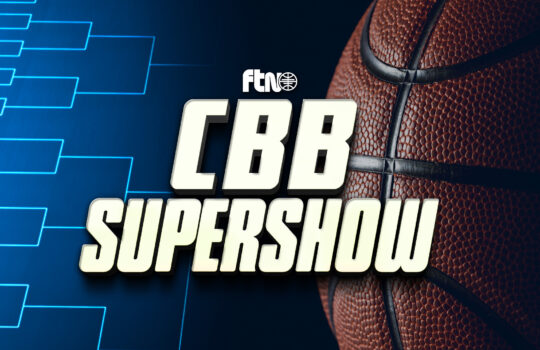

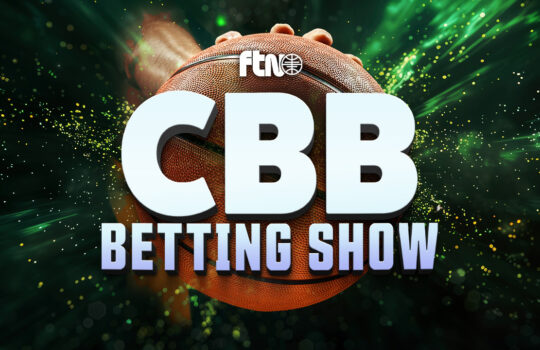











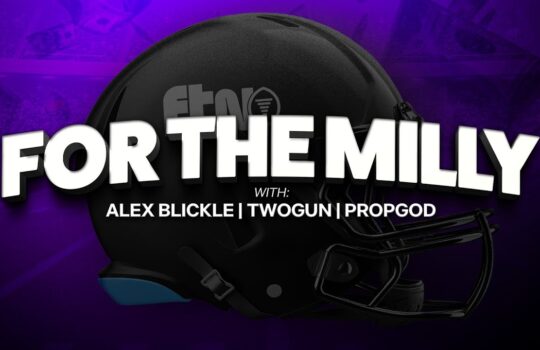






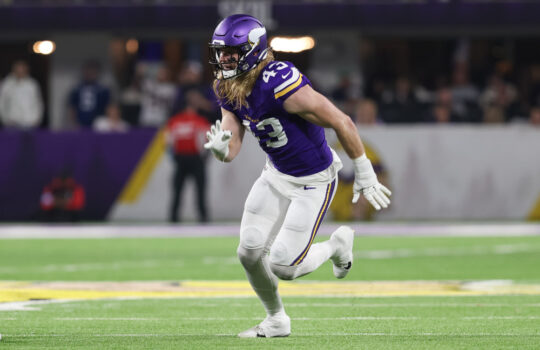



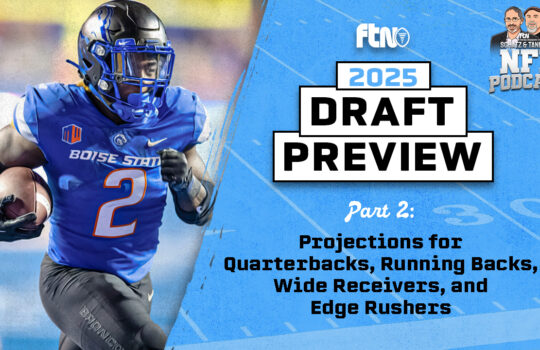

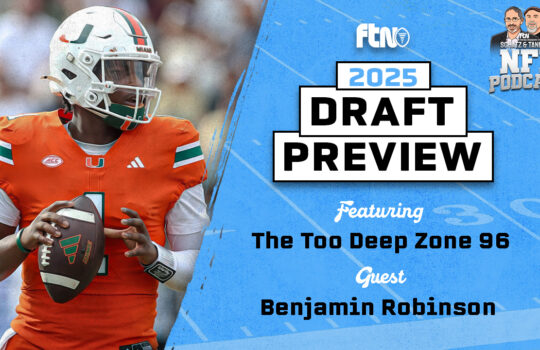
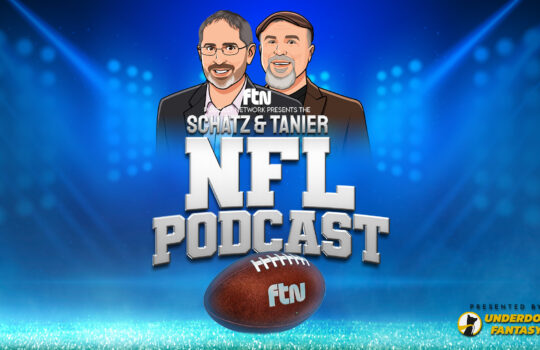




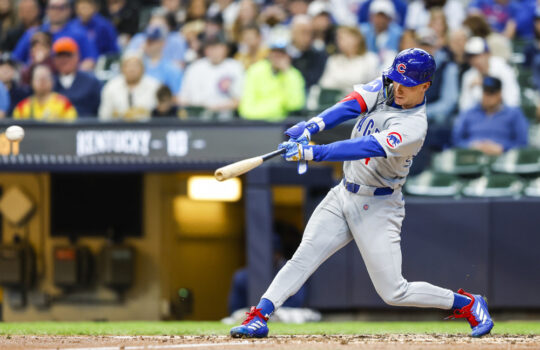



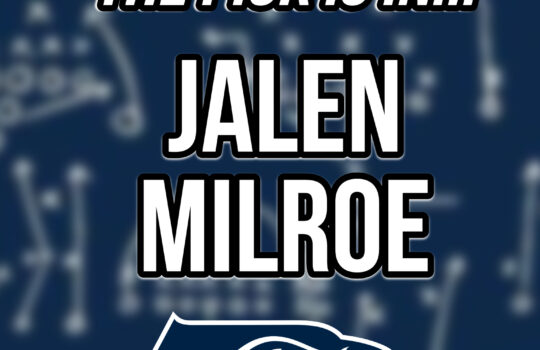

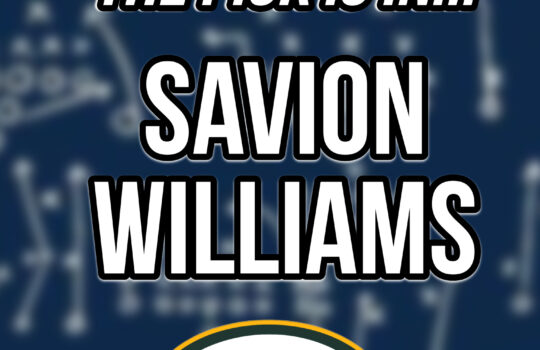
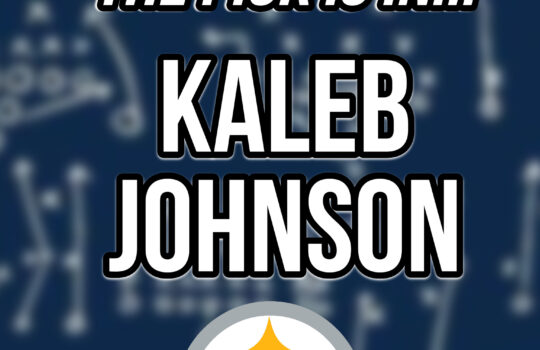

 New York Jets
New York Jets  New England Patriots
New England Patriots 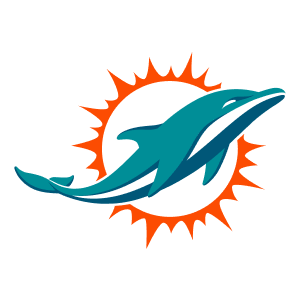 Miami Dolphins
Miami Dolphins  Buffalo Bills
Buffalo Bills  Pittsburgh Steelers
Pittsburgh Steelers  Cleveland Browns
Cleveland Browns  Cincinnati Bengals
Cincinnati Bengals 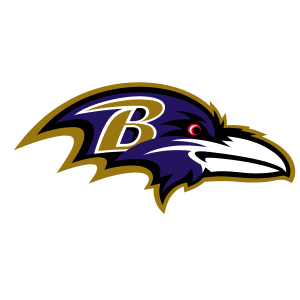 Baltimore Ravens
Baltimore Ravens 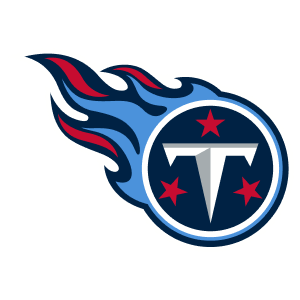 Tennessee Titans
Tennessee Titans  Jacksonville Jaguars
Jacksonville Jaguars  Indianapolis Colts
Indianapolis Colts  Houston Texans
Houston Texans  Las Vegas Raiders
Las Vegas Raiders 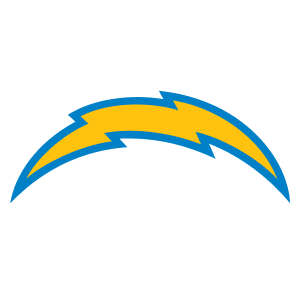 Los Angeles Chargers
Los Angeles Chargers  Kansas City Chiefs
Kansas City Chiefs 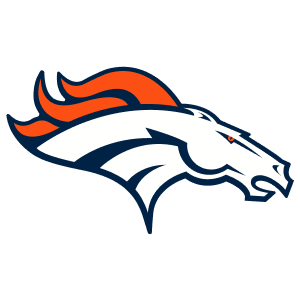 Denver Broncos
Denver Broncos  Washington Commanders
Washington Commanders  Philadelphia Eagles
Philadelphia Eagles 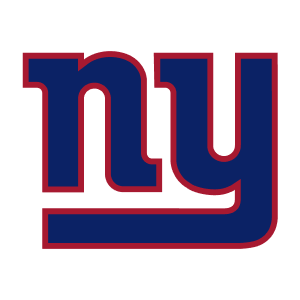 New York Giants
New York Giants  Dallas Cowboys
Dallas Cowboys 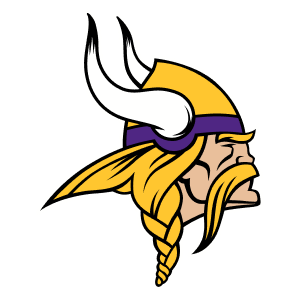 Minnesota Vikings
Minnesota Vikings 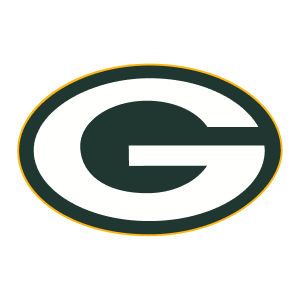 Green Bay Packers
Green Bay Packers 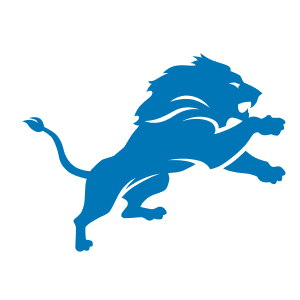 Detroit Lions
Detroit Lions 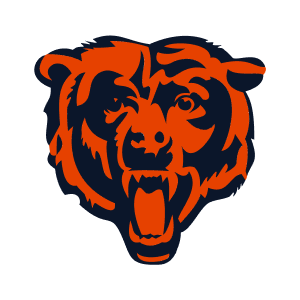 Chicago Bears
Chicago Bears 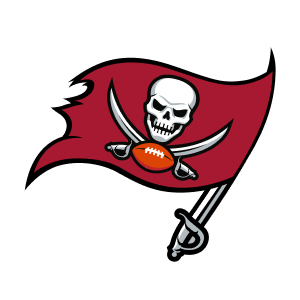 Tampa Bay Buccaneers
Tampa Bay Buccaneers  New Orleans Saints
New Orleans Saints 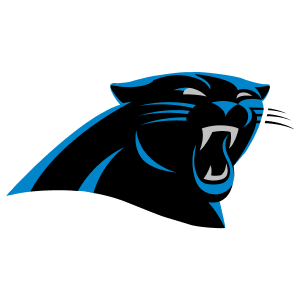 Carolina Panthers
Carolina Panthers 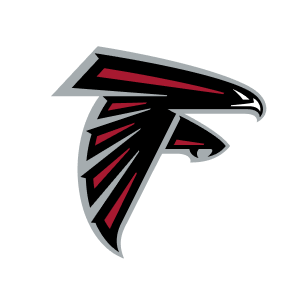 Atlanta Falcons
Atlanta Falcons 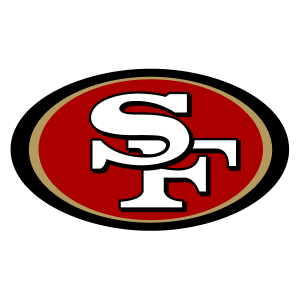 San Francisco 49ers
San Francisco 49ers 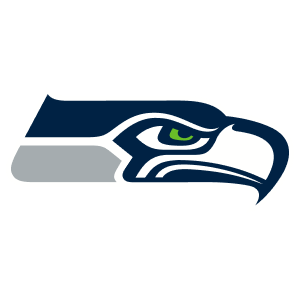 Seattle Seahawks
Seattle Seahawks  Los Angeles Rams
Los Angeles Rams  Arizona Cardinals
Arizona Cardinals 
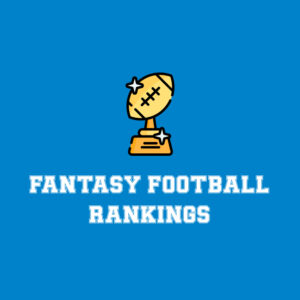
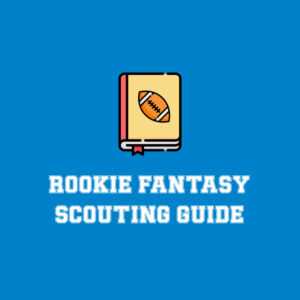
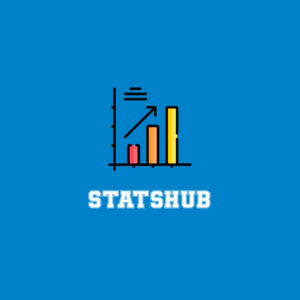
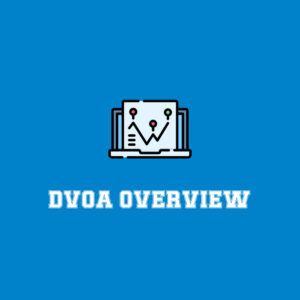




 Boston Celtics
Boston Celtics  Brooklyn Nets
Brooklyn Nets 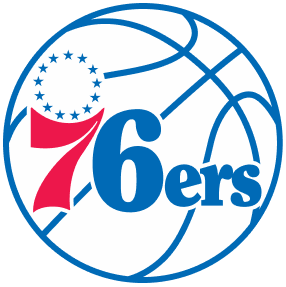 Philadelphia 76ers
Philadelphia 76ers  New York Knicks
New York Knicks  Toronto Raptors
Toronto Raptors  Chicago Bulls
Chicago Bulls  Detroit Pistons
Detroit Pistons  Milwaukee Bucks
Milwaukee Bucks  Cleveland Cavaliers
Cleveland Cavaliers  Indiana Pacers
Indiana Pacers  Orlando Magic
Orlando Magic  Atlanta Hawks
Atlanta Hawks  Charlotte Hornets
Charlotte Hornets  Miami Heat
Miami Heat  Washington Wizards
Washington Wizards  Denver Nuggets
Denver Nuggets 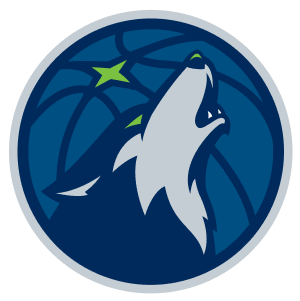 Minnesota Timberwolves
Minnesota Timberwolves  Oklahoma City Thunder
Oklahoma City Thunder  Portland Trail Blazers
Portland Trail Blazers  Utah Jazz
Utah Jazz  LA Clippers
LA Clippers  Golden State Warriors
Golden State Warriors  Los Angeles Lakers
Los Angeles Lakers  Phoenix Suns
Phoenix Suns  Sacramento Kings
Sacramento Kings  Dallas Mavericks
Dallas Mavericks  Houston Rockets
Houston Rockets  Memphis Grizzlies
Memphis Grizzlies  New Orleans Pelicans
New Orleans Pelicans  San Antonio Spurs
San Antonio Spurs 

